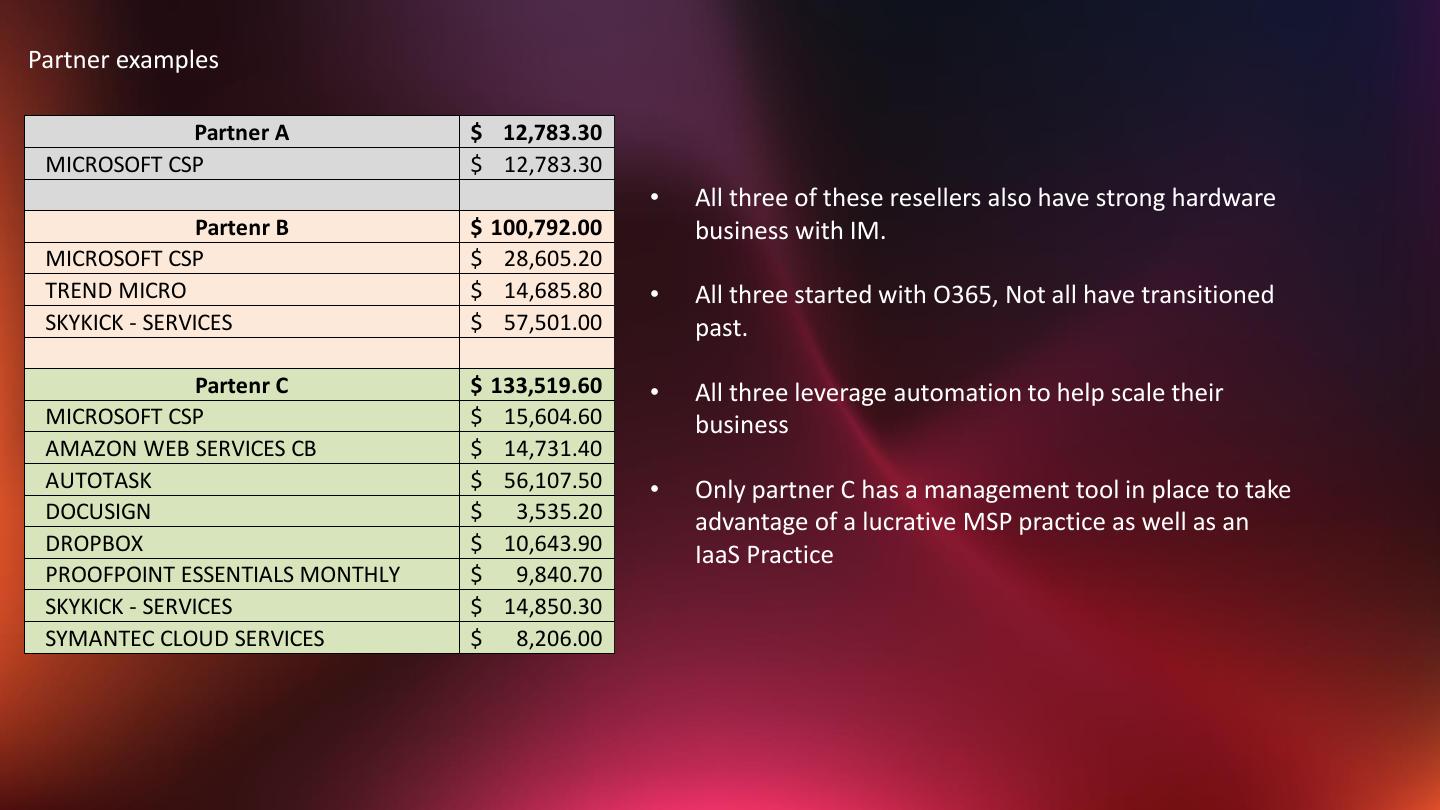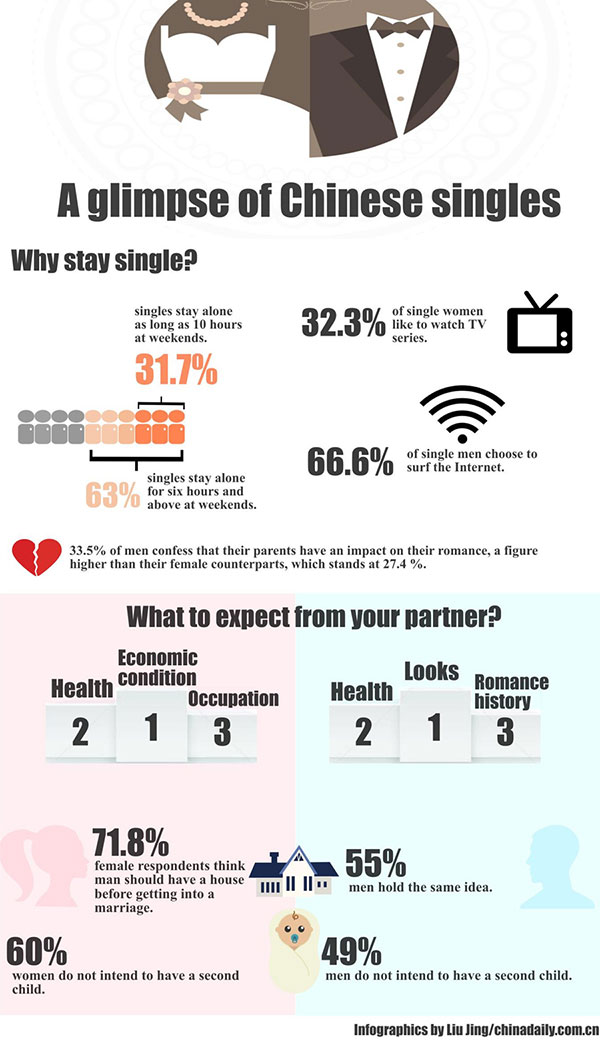"Maximizing Your Savings: The Ultimate Guide to Balance Transfers and Personal Loans"
#### Balance TransferA balance transfer is a financial strategy that allows you to move outstanding debt from one credit card to another, typically to take……
#### Balance Transfer
A balance transfer is a financial strategy that allows you to move outstanding debt from one credit card to another, typically to take advantage of lower interest rates. This method can be particularly beneficial for those struggling with high-interest debt, as it can significantly reduce the amount of interest you pay over time. Many credit cards offer promotional balance transfer rates, which can be as low as 0% for an introductory period, making it an attractive option for consumers looking to save money.
When considering a balance transfer, it’s essential to evaluate the terms and conditions associated with the new credit card. Look for any transfer fees, which can range from 3% to 5% of the amount transferred. Additionally, pay attention to the duration of the promotional rate; if you fail to pay off the transferred balance before the promotional period ends, you may find yourself facing high-interest rates on the remaining balance.

To successfully execute a balance transfer, start by assessing your current debt situation. Calculate how much you owe and identify which credit cards have the highest interest rates. Next, research credit cards that offer balance transfer promotions. Once you select a card, complete the transfer process, and develop a repayment plan to pay off the debt within the promotional period.
#### Personal Loan
A personal loan is another financial tool that can help individuals manage debt or finance large purchases. Unlike balance transfers, personal loans provide a lump sum of money that is repaid over time with fixed monthly payments. This can be a more structured approach to debt repayment, as personal loans often come with lower interest rates compared to credit cards, especially for borrowers with good credit.

When considering a personal loan, it’s crucial to shop around and compare offers from various lenders. Look for the best interest rates, loan terms, and any associated fees. Personal loans can be secured or unsecured. Secured loans require collateral, which can lower the interest rate, while unsecured loans do not require collateral but may come with higher rates.
Using a personal loan to consolidate debt can simplify your finances and potentially save you money on interest. By paying off high-interest credit cards with a personal loan, you can streamline your payments and focus on repaying a single loan. However, it’s vital to avoid accumulating more debt on credit cards after taking out a personal loan; otherwise, you may find yourself in a worse financial situation.
#### Conclusion

Both balance transfers and personal loans offer valuable options for managing debt and improving financial health. A balance transfer can be a quick solution for high-interest credit card debt, while a personal loan provides a more structured repayment plan. Ultimately, the best choice depends on your individual financial circumstances, goals, and preferences. By carefully evaluating your options and creating a solid repayment strategy, you can take control of your debt and work towards achieving your financial goals.